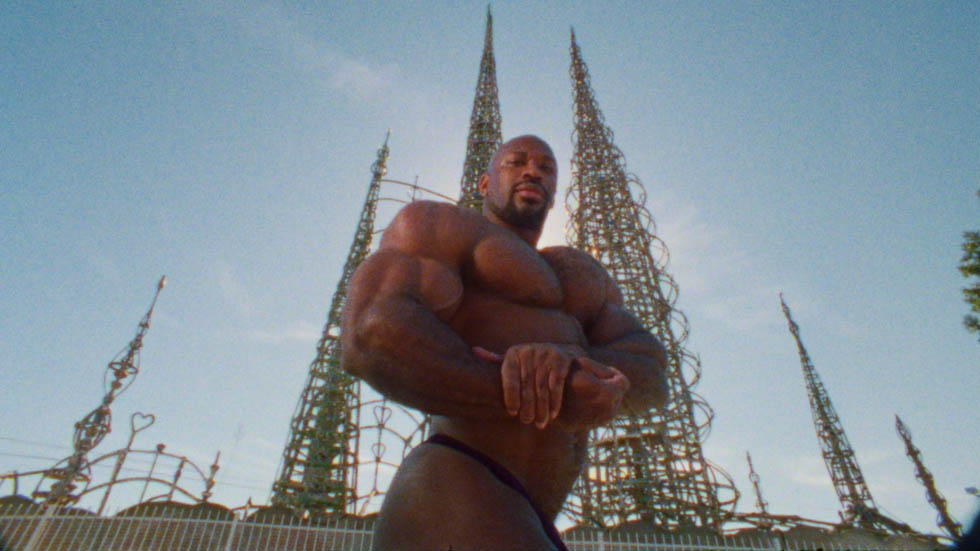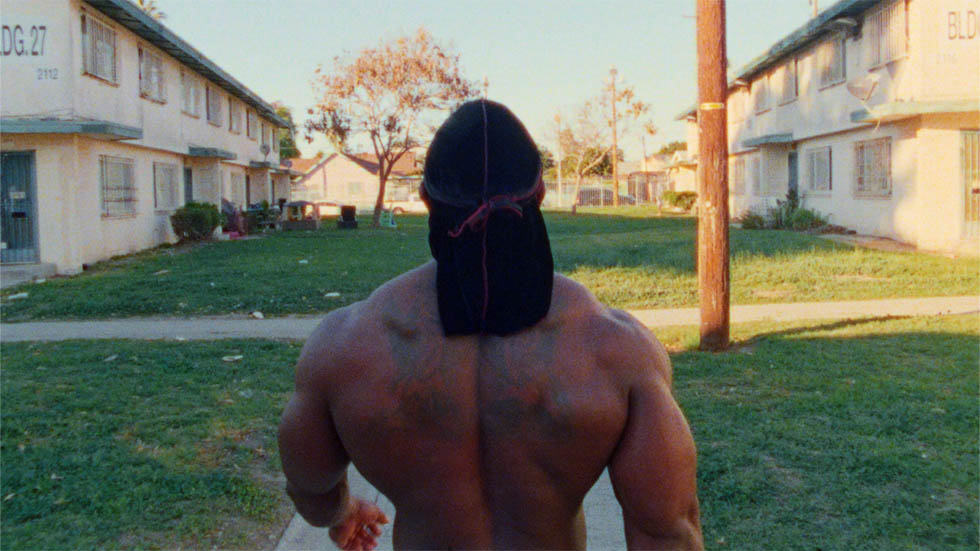RPS Editor David Brodie Cuts Tribeca Film Festival Selection Black Hercules

Directed by Rodney Lucas and edited by Rock Paper Scissors’ very own David Brodie, the short documentary film Black Hercules tells the compelling story of Craig Monson, one of the most remarkable but often overlooked bodybuilders of the 1980s. Having recently premiered at the Tribeca Film Festival, Black Hercules explores Monson’s life, his achievements, and the social dichotomy of Black LA that made him into a legend. We spoke with Brodie about what it was like to lend his editing talents to the project and how he approached cutting this unique and impactful short film.
How did you get connected with the project?
I’ve known producer Rhea Scott since I started as an editor in LA — we've worked together before and have always kept in contact. I met Rodney Lucas, who Rhea had signed, when we worked together on a short documentary for Under Armour about Maro Itoje, a London-based rugby player. We got along really well — he has such a specific sensibility and storytelling approach that I find so unique and strong, and in addition to appreciating his work I really enjoyed the experience of working with him.
Rodney and Rhea approached me for Black Hercules with a trailer already cut — they had been developing it for a while. They asked if I'd be interested in taking it on, and I jumped on board and dove right into it.
What was it like working with Rodney on this project?
When you’re lucky as an editor, you sometimes meet someone who challenges you to break out of your established approach and style, and that was very much the case with Rodney. He has such a singular and specific philosophy and approach to his work, and at the same time it’s super collaborative. Each time I pulled selects for him, we'd talk about it for a long time and share what we found interesting and structurally how it should work, and with each cut we would talk about what he was interested in, what was unnecessary, and what was missing. We were really working together to create a portrait of Craig Monson that captured his personality and his soul, as opposed to a straightforward accounting of events. It was challenging and it pushed me out of my comfort zone as an editor, but it was really fun. Whenever you find something that challenges you, it hones your chops a little bit more, and forces you to figure out new ways to approach the material, and the project is always the better for it.
One thing that Rodney was very adamant about for this project is that we were collaborative with and respectful of the subjects, and that the film is made to celebrate them. That informed so many decisions along the way, and allowed us to think beyond literal interpretations of the topics at hand. For instance, we can show something like a guy brushing a horse who doesn't really have a literal connection to the story that's being told, but that illustrates the attitude or the aesthetic that we’re trying to communicate, and the result is a much deeper portrait. It's definitely a challenge to know when a choice is effective or when it pushes too far, but Rodney has a very strong sense of what works and what doesn’t.

Were you familiar at all with Craig Monson's story before this project?
I hadn’t encountered his story until this project, so it was all fascinating to research. The way that Mr. Monson approached bodybuilding as an artistic pursuit, like sculpting the body, and how he saw this pastime that others may think of as superficial as a pathway to self-care and love and empowerment was so interesting to me. There was a depth to his inspiration that I hadn't yet considered.
Were there any particular sequences within the film that you found yourself either challenged by or really pleased with how you were able to put together?
I really like what we did with the beginning of the film. I found some archival clips of people sculpting statues out of marble and some of ancient Greek statues of figures like Hercules and I intercut those with footage of Mr. Monson working out. Rodney suggested that we incorporate footage of contemporary bodybuilders as well, and I thought all of those visuals combined made for a really compelling intro.
Another moment in the film that I was really happy with was when Mr. Monson recounts an announcer's introduction of him before he takes the stage. Rodney got this beautiful shot following a contemporary bodybuilder as he walks down a narrow path, out of the shadows and into the sunlight. The moment he steps into the light is the moment Mr. Monson is introduced to the crowd and the voiceover and the music syncs. We weren’t sure how we were going to tell that part of the story visually, and it was just one of those moments where we got to be creative in finding a solution. It was a fun moment of inspiration that I was really happy with.
What does it mean to you to see the film screen at Tribeca?
Tribeca is a dream. I've always wanted to have a film there, so it was a huge moment to achieve that goal. It's very validating. I feel very fortunate to be connected with people like Rodney and Rhea and Mr. Monson, and I feel so grateful to be part of the process and help Rodney actualize his vision for this film. I'm humbled that Rodney trusted me to be a collaborator, and I don't take that opportunity for granted.

